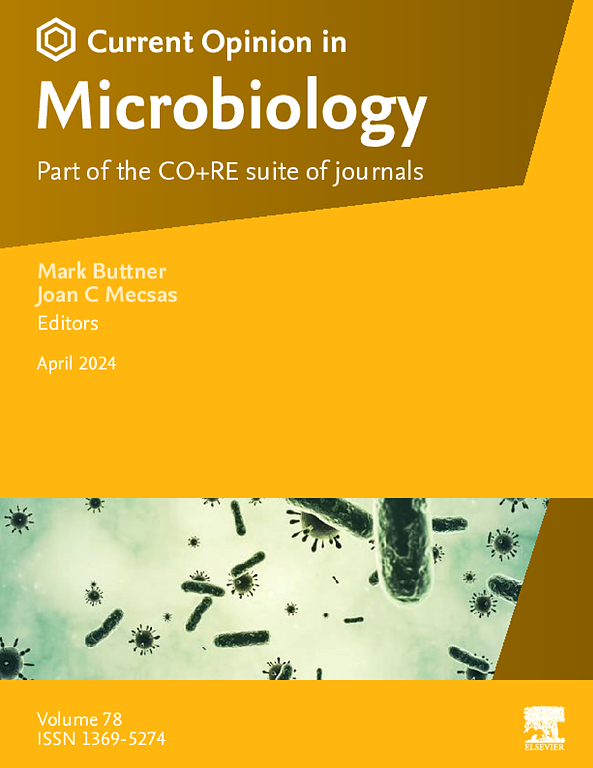克氏锥虫感染和恰加斯病持续和休眠的重要性
IF 7.5
2区 生物学
Q1 MICROBIOLOGY
引用次数: 0
摘要
克氏锥虫通常在其哺乳动物宿主中建立终身感染,导致肌肉组织破坏,最终导致可能致命的恰加斯病。在这篇综述中,我们考虑了一系列允许克氏锥虫持续存在的避免机制,其中许多机制在原生动物病原体中是非常规的,但它们在面对其他强有力的宿主免疫反应时是非常有效的。我们还反思了克氏无尾虫的休眠现象,这可能与长期持续感染无关。最后,我们考虑了这些持续和休眠现象如何使预防恰加斯病的潜在治疗干预措施的有效性复杂化。本文章由计算机程序翻译,如有差异,请以英文原文为准。
The importance of persistence and dormancy in Trypanosoma cruzi infection and Chagas disease
Trypanosoma cruzi typically establishes a life-long infection in its mammalian hosts, causing the destruction of muscle tissues and ultimately resulting in potentially fatal Chagas disease. In this review, we consider the array of avoidance mechanisms that allow for T. cruzi persistence, many of which are unconventional among protozoan pathogens but which collectively are highly effective in the face of otherwise potent host immune responses. We also reflect on the phenomenon of dormancy in T. cruzi amastigotes, which is likely not involved in the long-term persistence of infection. Lastly, we consider how these phenomena of persistence and dormancy complicate the effectiveness of potential therapeutic interventions to prevent Chagas disease.
求助全文
通过发布文献求助,成功后即可免费获取论文全文。
去求助
来源期刊

Current opinion in microbiology
生物-微生物学
CiteScore
10.00
自引率
0.00%
发文量
114
审稿时长
6-12 weeks
期刊介绍:
Current Opinion in Microbiology is a systematic review journal that aims to provide specialists with a unique and educational platform to keep up-to-date with the expanding volume of information published in the field of microbiology. It consists of 6 issues per year covering the following 11 sections, each of which is reviewed once a year:
Host-microbe interactions: bacteria
Cell regulation
Environmental microbiology
Host-microbe interactions: fungi/parasites/viruses
Antimicrobials
Microbial systems biology
Growth and development: eukaryotes/prokaryotes
 求助内容:
求助内容: 应助结果提醒方式:
应助结果提醒方式:


